2013/06/27
BREMONT the Codebreaker !!!
Bremont will make 240 stainless steel and 50 rose gold versions of the Codebreaker and each will feature original Bletchley Park artefacts used in the effort to win the Second World War.
Breaking Enigma
The Enigma used rotors to scramble messages into unintelligible cyphertext. The German military adapted an early commercial version, marketed to the banking industry, and believed it to be impenetrable. Each one of the machine's billions of possible combinations generated completely different cyphertext. Finding those settings, which were reset at midnight every day, was the challenge faced by the Codebreakers.
Before WWII, work was being undertaken in a number of countries to break Enigma. In July 1939, aware that Poland would soon be invaded, Polish mathematicians who had worked on Enigma shared their work with the British and the French.
By this time the Germans were changing the Enigma settings daily and the fi rst British wartime breaks into the daily-changing Enigma code took place at Bletchley Park in January 1940.
The rotor of the Bremont Codebreaker will contain original material from the enigmamachine rotor (below).
Bombe Machine
The Bombe machine was developed to speed up the breaking of Enigma, so that messages were still operationally relevant.
The Bombe helped to deduce the day's Enigma settings, of both the rotors and the plug board, by eliminating the many incorrect possibilities.
The Codebreakers created a menu for the wiring at the back of the Bombe based on a hypothesis, known as a 'crib', of part of the original message. Cribs were often derived from regular appearances in decyphered messages of stock phrases, such as 'message number' or 'nothing signifi cant to report'.
The machine was developed by Alan Turing and the case back of the Bremont Codebreaker has been designed to replicate the drum of the Bombe machine.
Punch Cards
When GCHQ left Bletchley for Eastcote in 1946 the British Tabulating Machine Company (BTM) cards were boxed up and were later moved to Cheltenham when GCHQ moved again in 1952. The cards were discovered when GCHQ was preparing to release records to The National Archives, GCHQ allowed them to go to the Bletchley Park Trust along with other records.
With over 2 million created every week there is only half a box remaining, 5 cards are being incorporated into the barrel of the Codebreaker watch to display the watches serial number.
Uses of the punch cards:
The BTM system was essentially an early form of computer processing.
The system managed the BP Punch-Card Intelligence Index and was thus key to the success of the Codebreaking work, specifi cally recording Enigma decryption information.
One of the challenges facing BP staff was to break the daily Enigma codes before the rotors were re-set (these were done so every 24 hours). The BTM machines allowed the analysis of decryption information: Punch Cards based on the coded messages would either block or allow electricalcurrents to pass through them enabling the operators to limit the number of possible Enigma wheel-settings and therefore the number of possible solutions to each days Enigma code.
Hut 6
Hut 6 was built in January 1940 for the decryption of Enigma messages from the German Army and Air Force, with help from the punch cards and then the Bombe machines. The cards were used to help deduce the Enigma keys and wheel orders.
Once the day's Enigma settings had been partially established with help from the Bombe, the information was sent back to Hut 6 where it was used to complete the discovery of the Enigma settings. Decrypted messages were then passed to Hut 3 for translation and analysis.
Original pieces of Hut 6 pine will be incorporated into the crown of the Bremont Codebreaker.
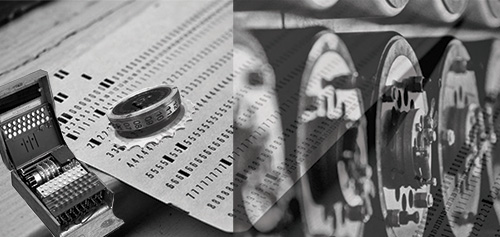
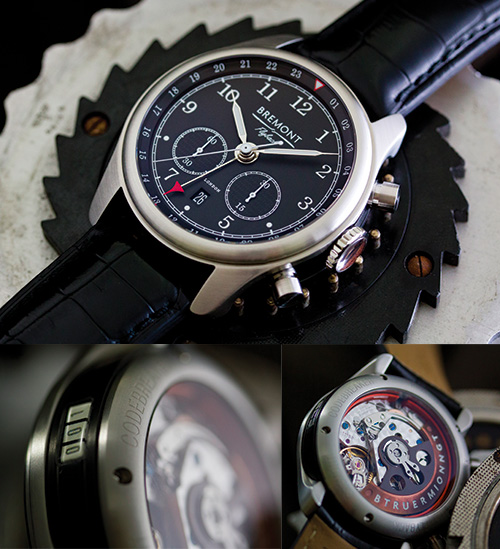
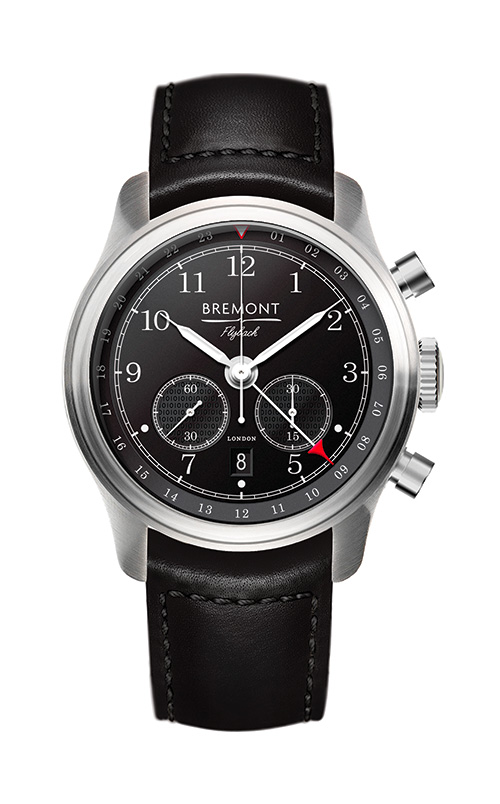
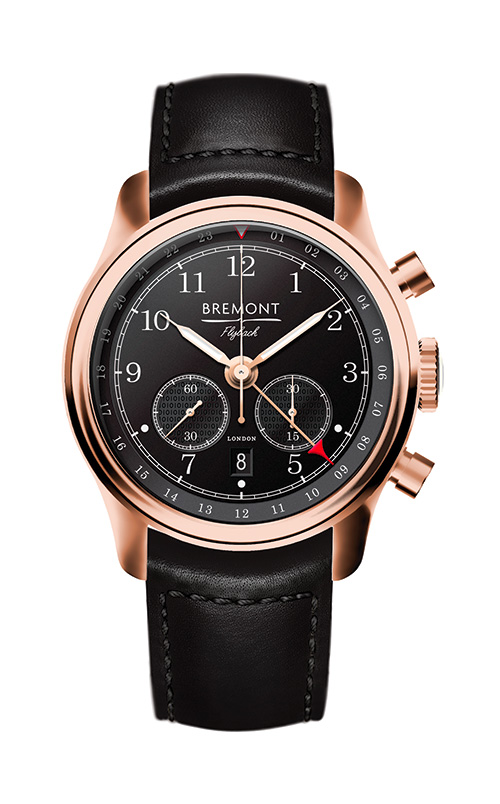
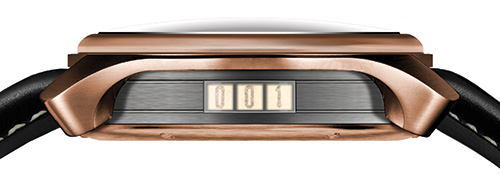
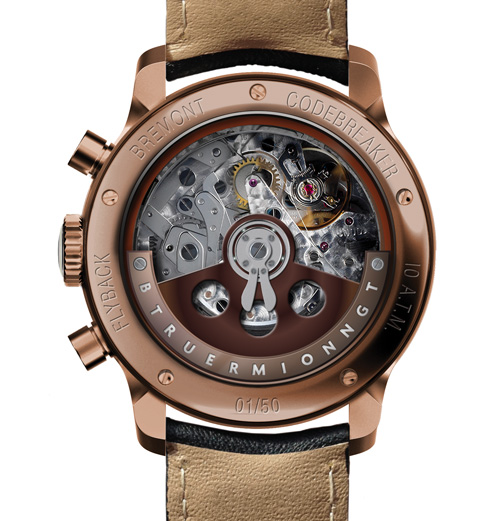
MADE IN ENGLAND Stainless Steel and Rose Gold.
Movement
- BE-83AR Flyback chronograph
- Diameter 13 1/4", height 7.90mm, 39 Jewels, three-legged Glucydur balance with Nivarox 1 mainspring 28,800 bph
- Incabloc shock protection and 46 hour power reserve
- Perlage and blued screwed decoration with hand crafted stainless steel and Bombe rotor
Functions
- Sweep hours, minutes, sweep Flyback chronograph seconds, 30 minute chronograph counter and 60 second hand counter, GMT second time zone, date
Case
- hardened stainless steel or 18 carat rose gold
- Bremont Trip Tick case construction with treated inner barrel with punch card limited edition number (material from Bletchley park)
- Case diameter 43mm, lug width 22mm and case thickness 15mm
Crown
- Crown engraved with pinewood from hut 6, Bletchley Park
Case Back
- hardened stainless steel or 18 carat rose gold
- case back with integrated hand etched sapphire crystal
- Automatic rotor inspired by the Bombe machine incorporating parts of an original German Enigma rotor
Dial
- Etched metal dial and treated brass hands, London on the dial
Crystal
- Domed anti-refl ective, scratch resistant sapphire crystal
Water resistance
- Water resistant to 10ATM, 100 metres
Strap
- Classic style leather strap
Price
- Codebreaker Stainless Steel; £11,995 / $18,500
- Rose Gold; £21,950 / $33,995

